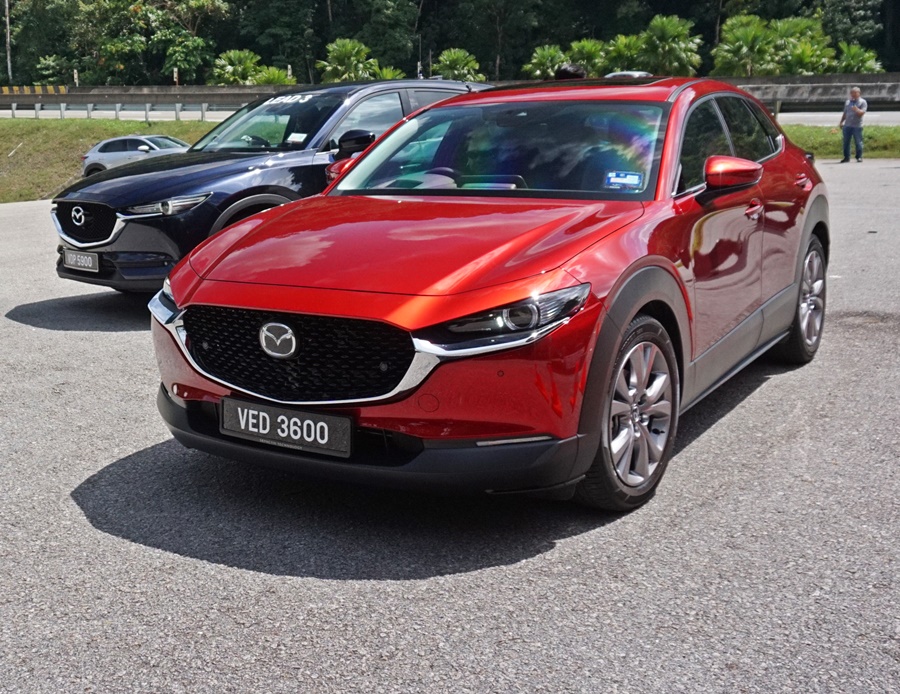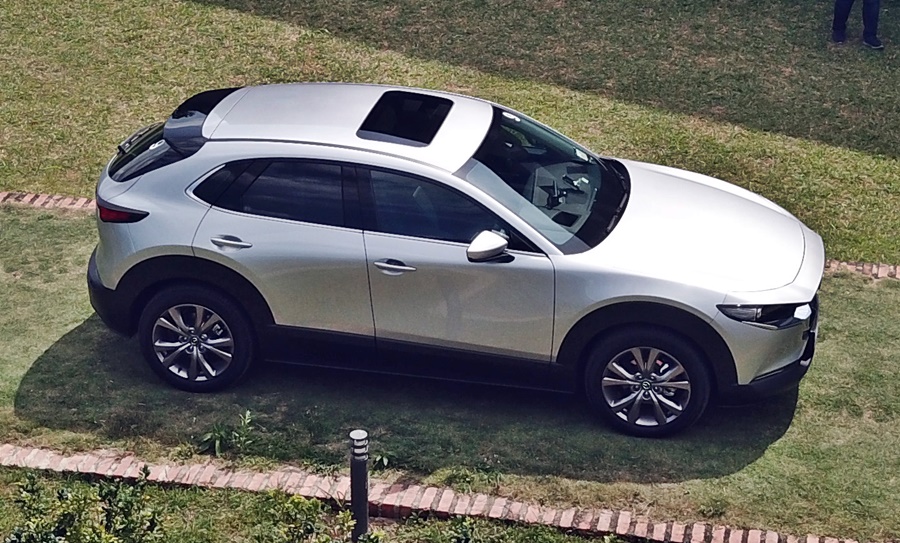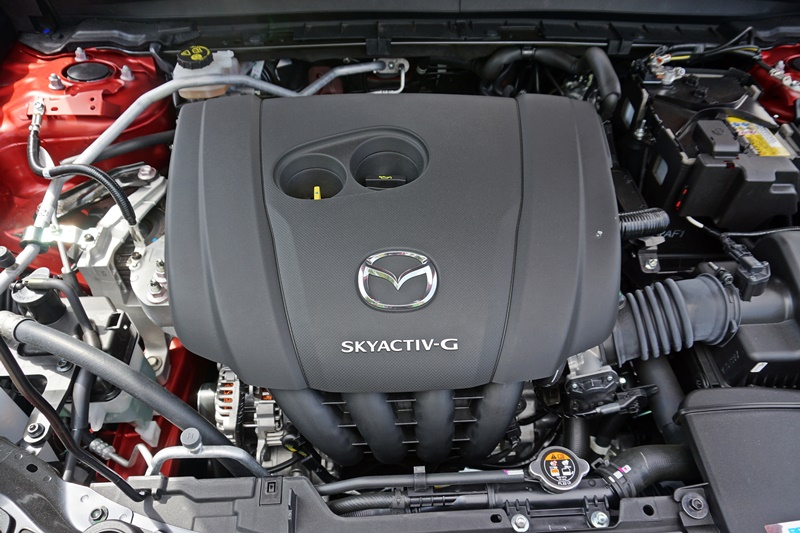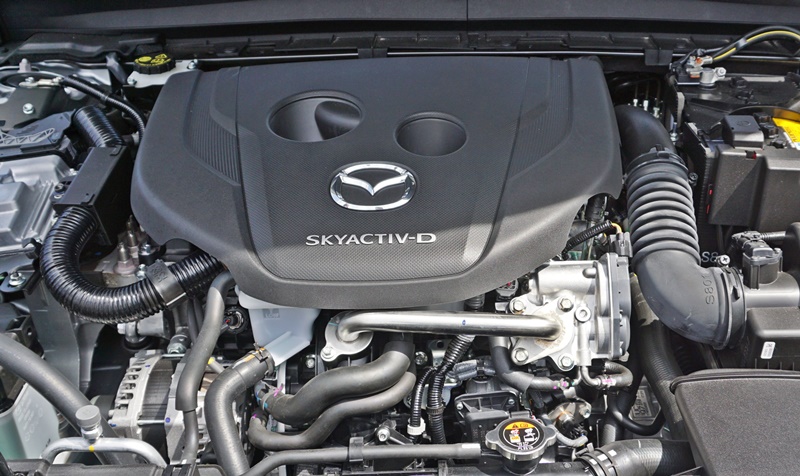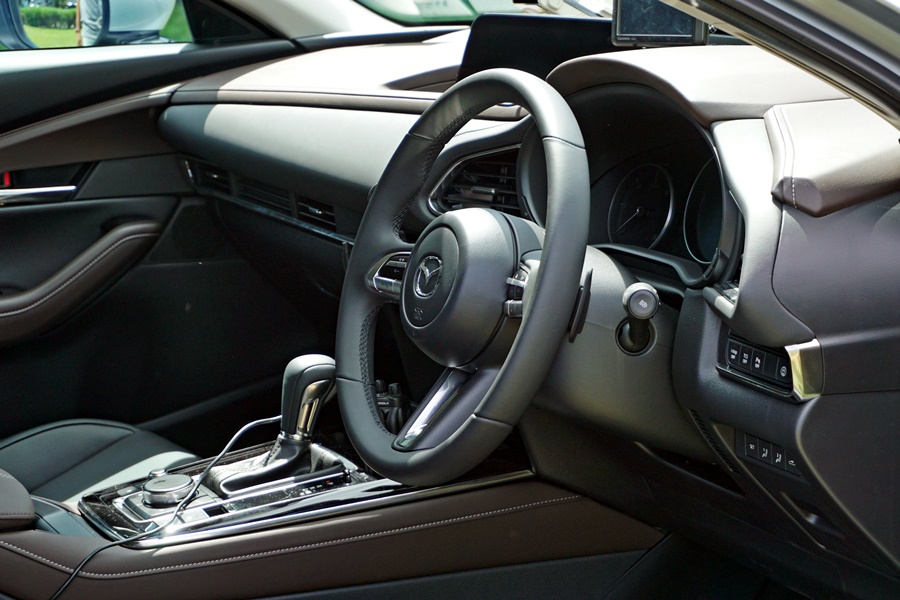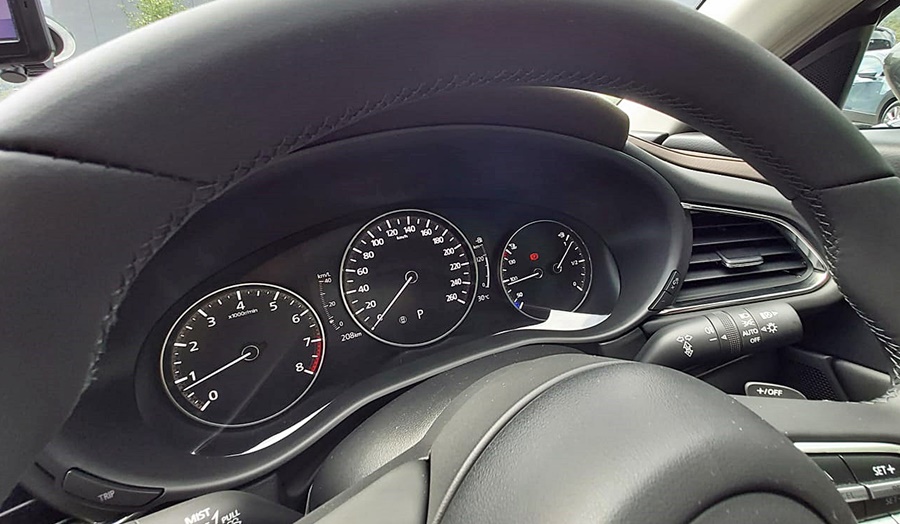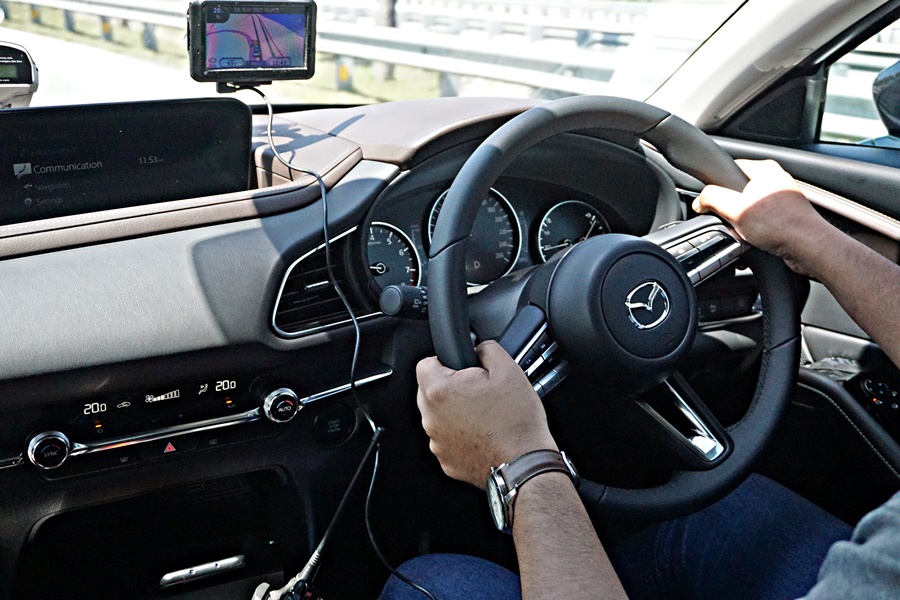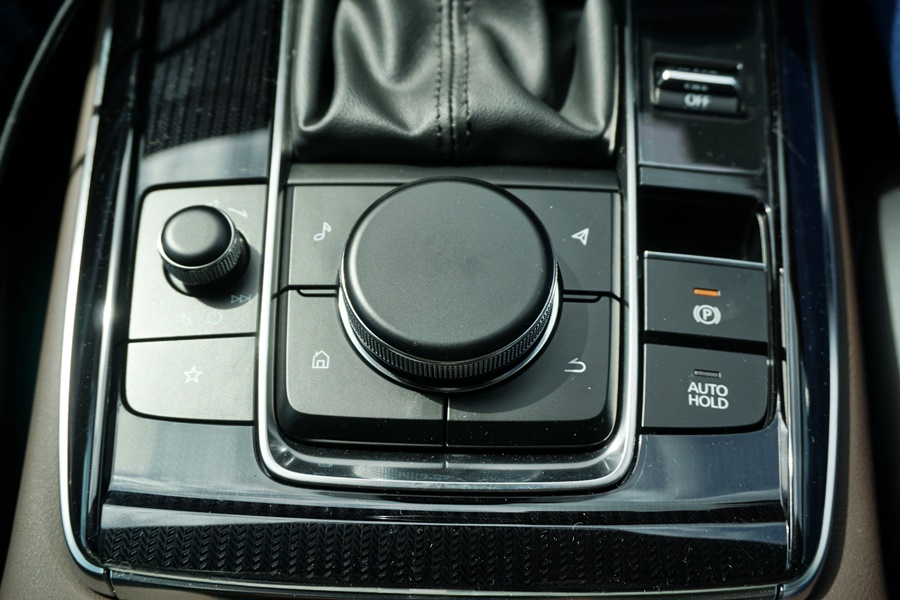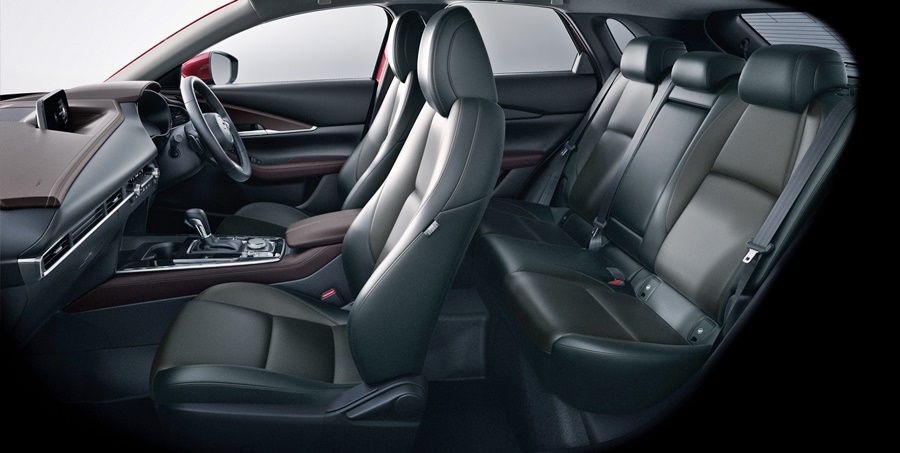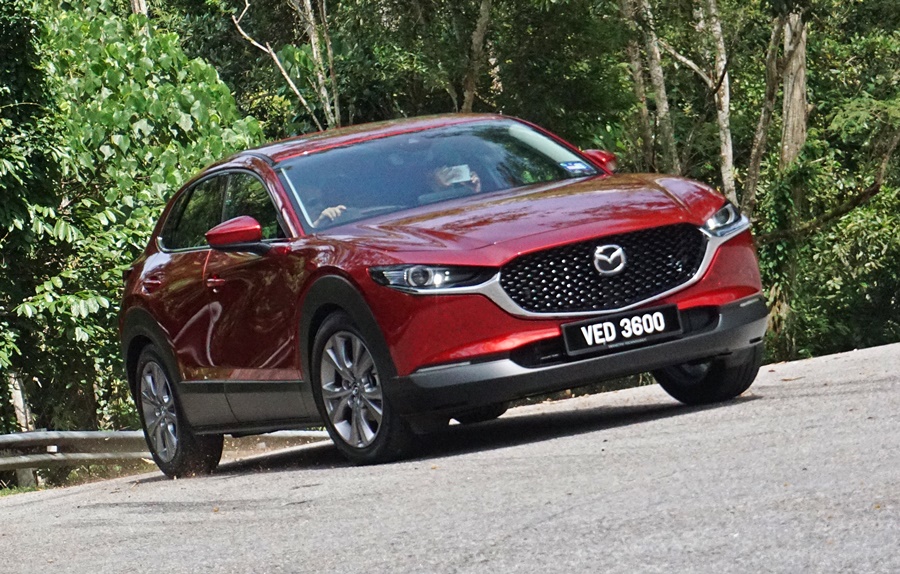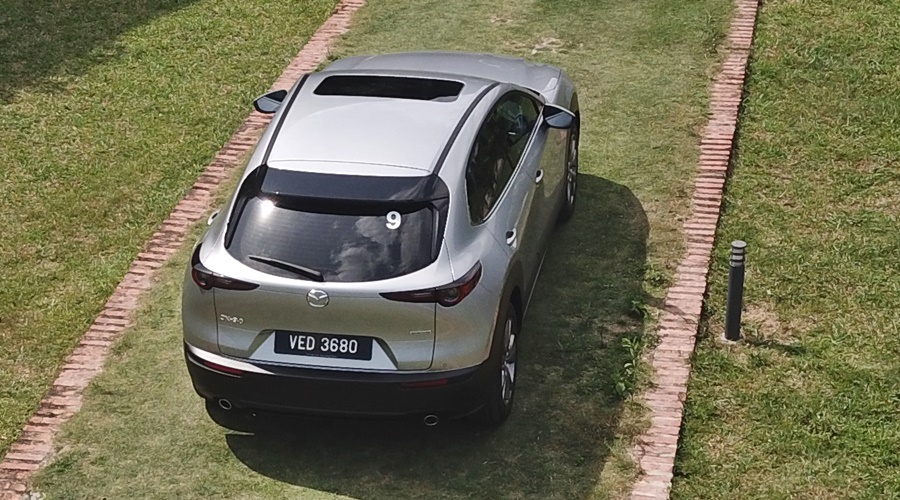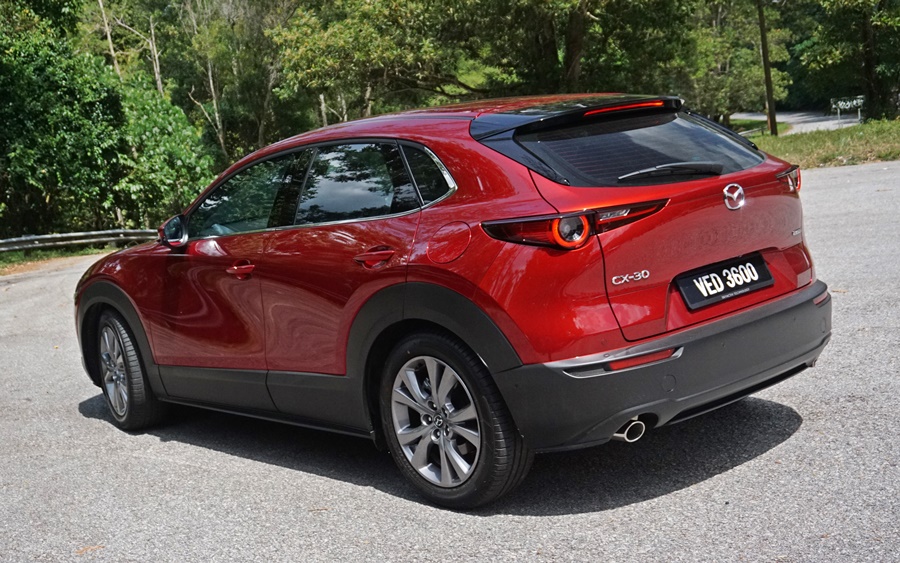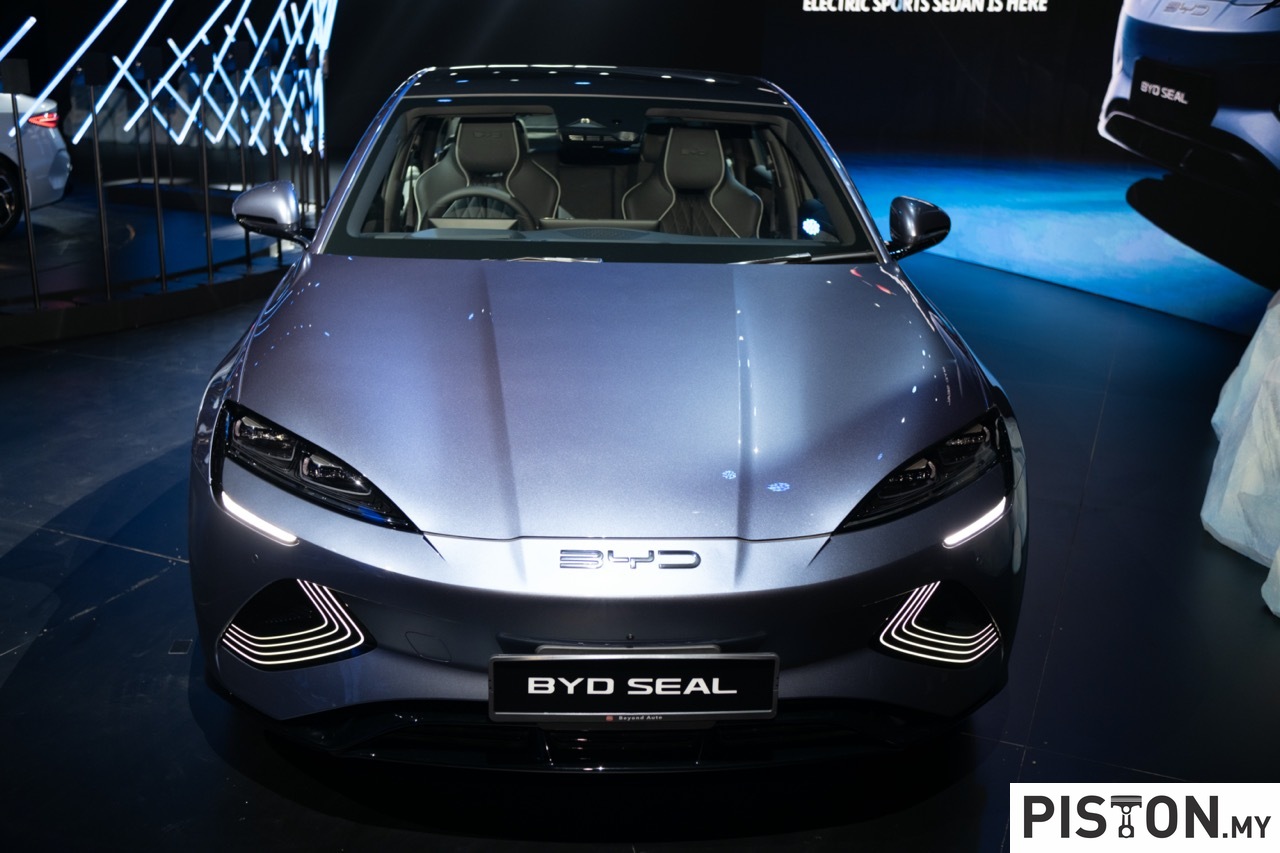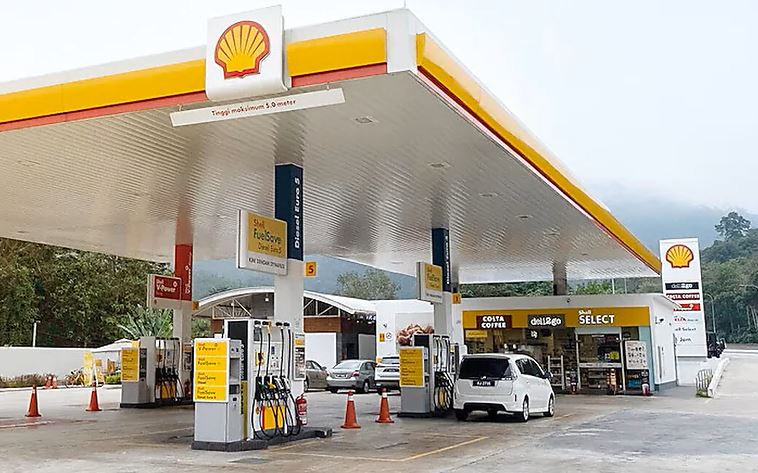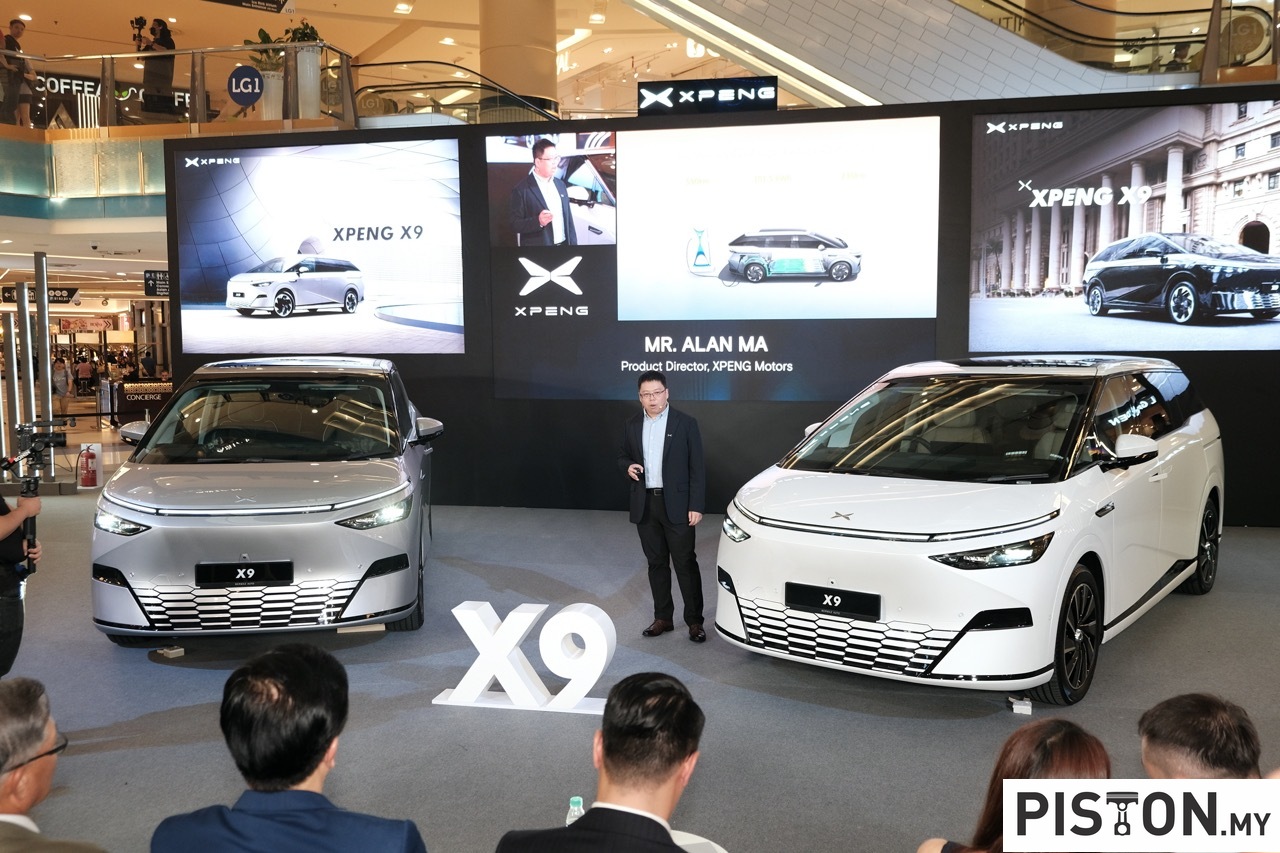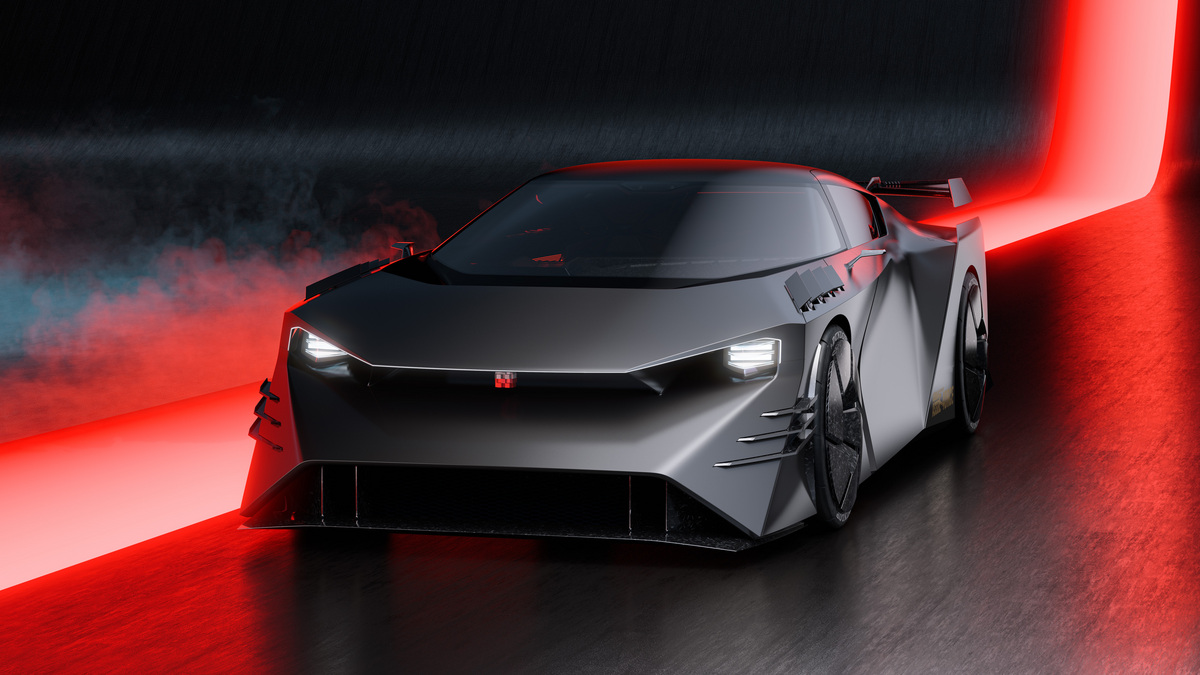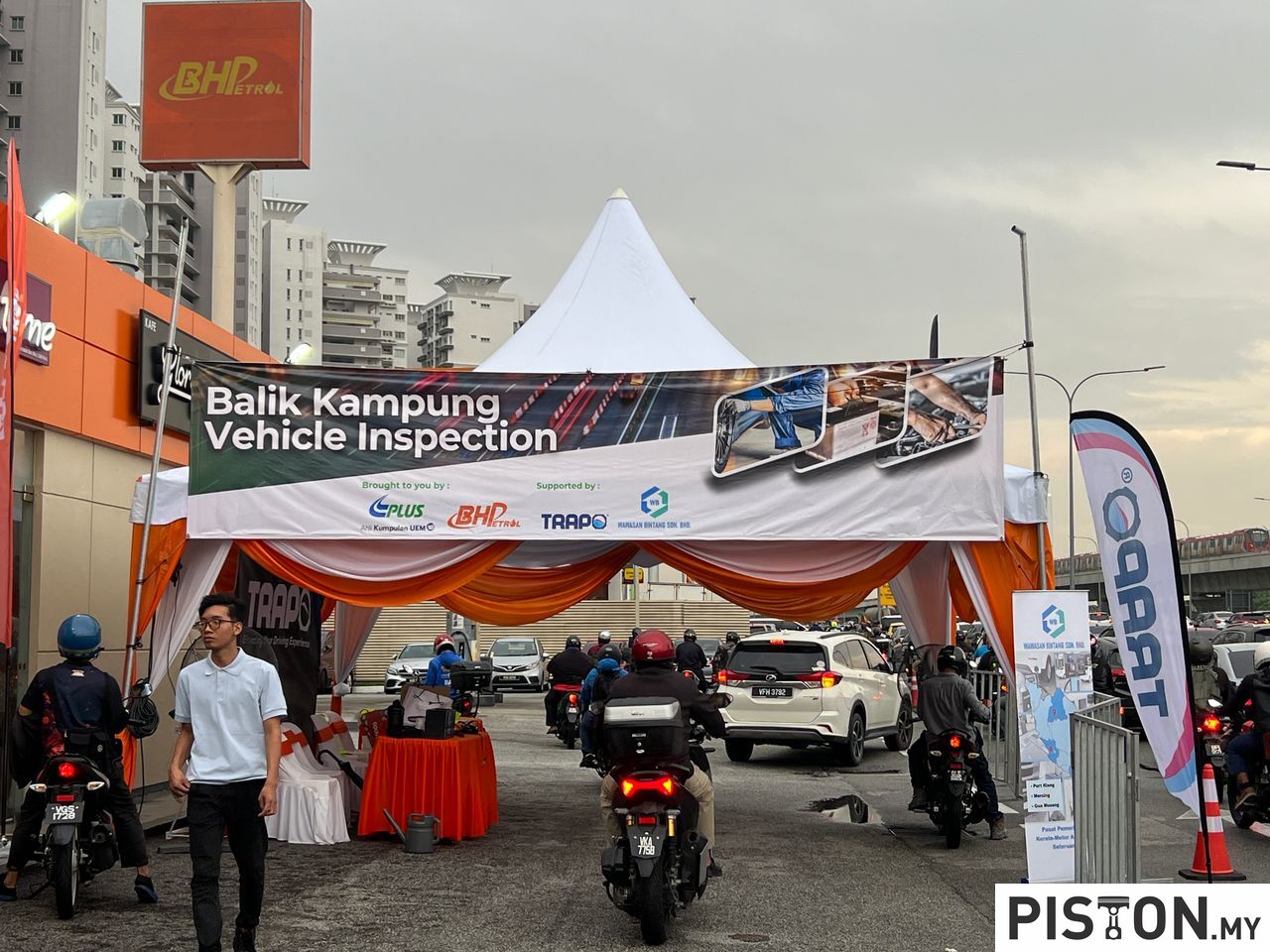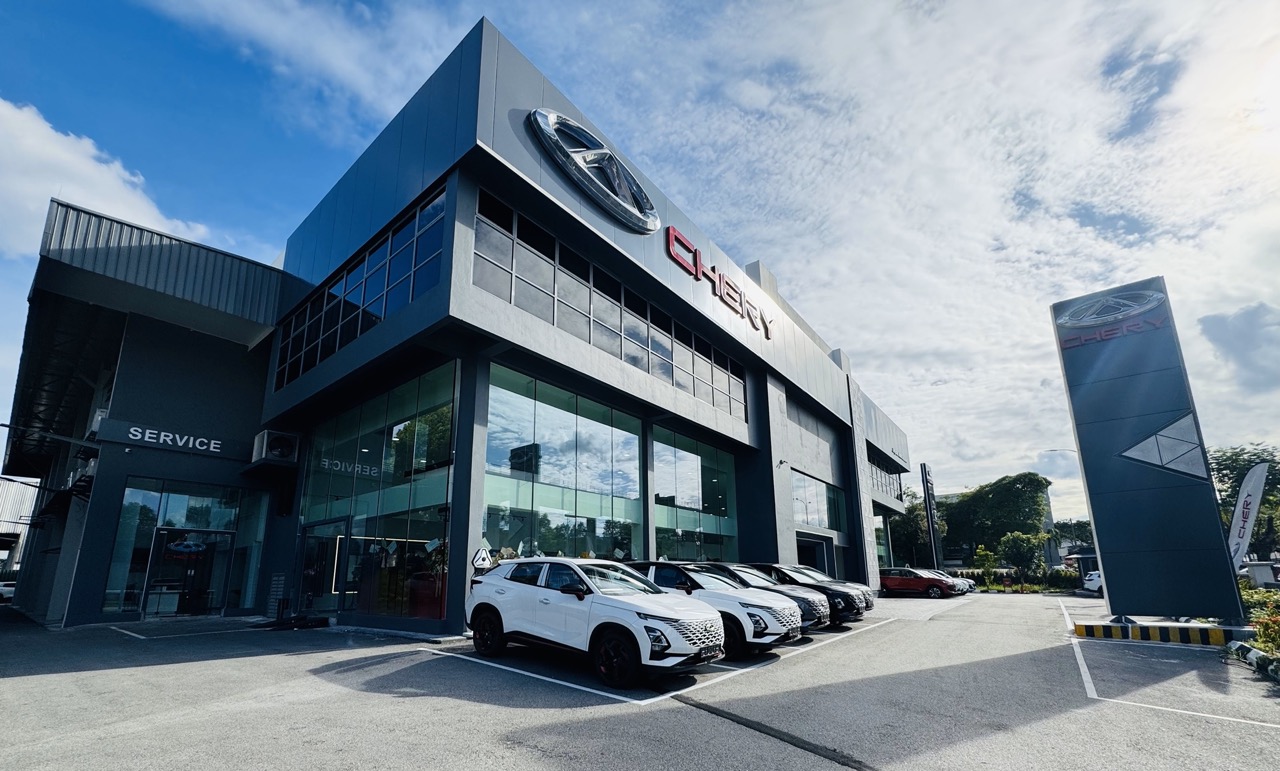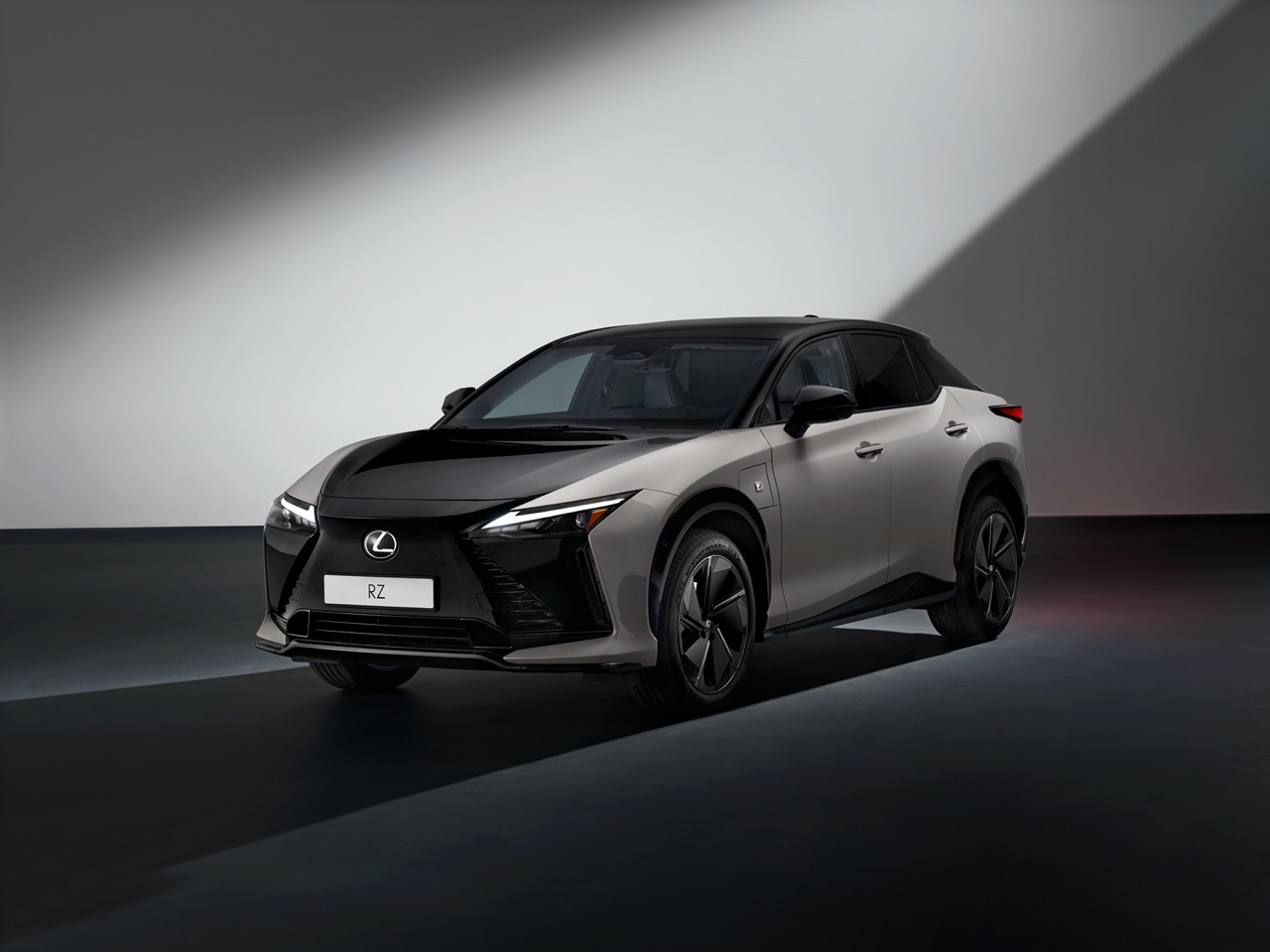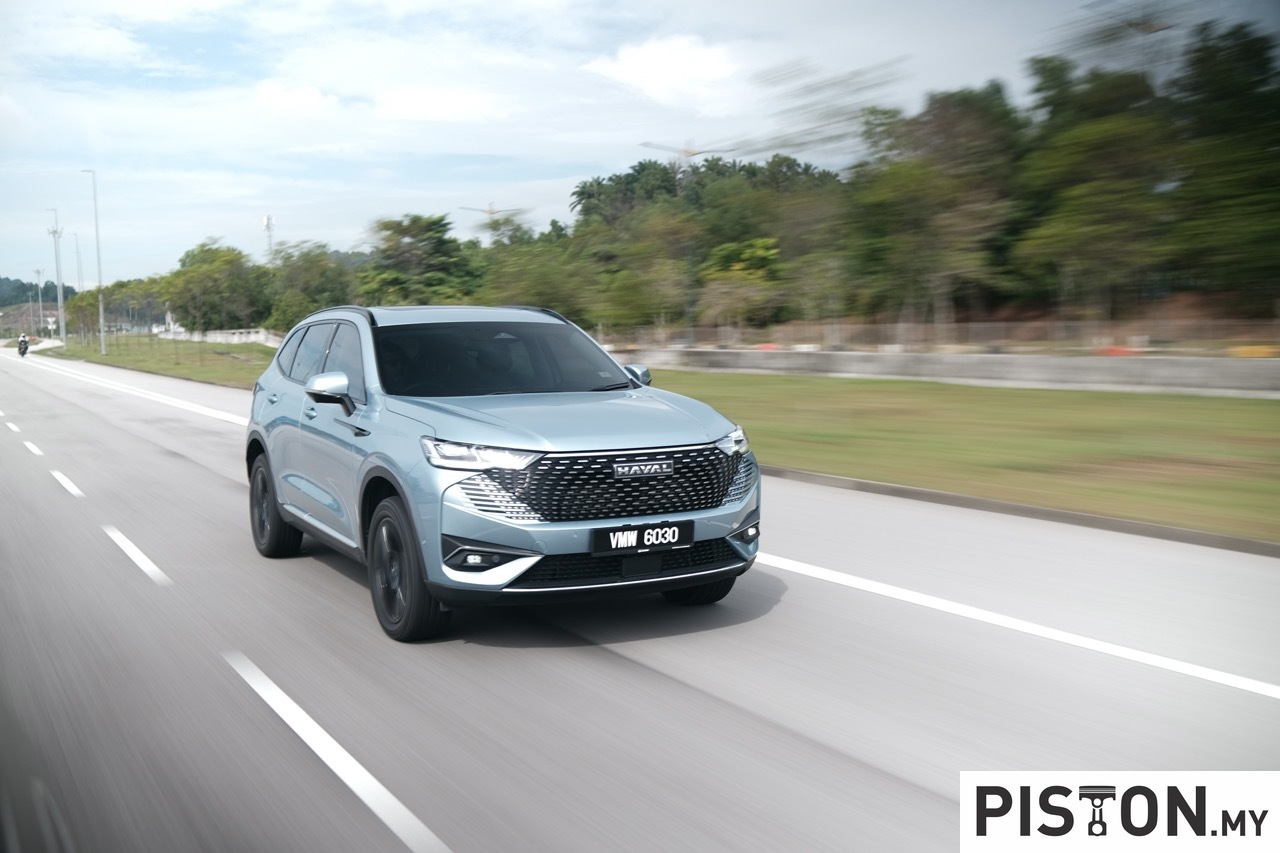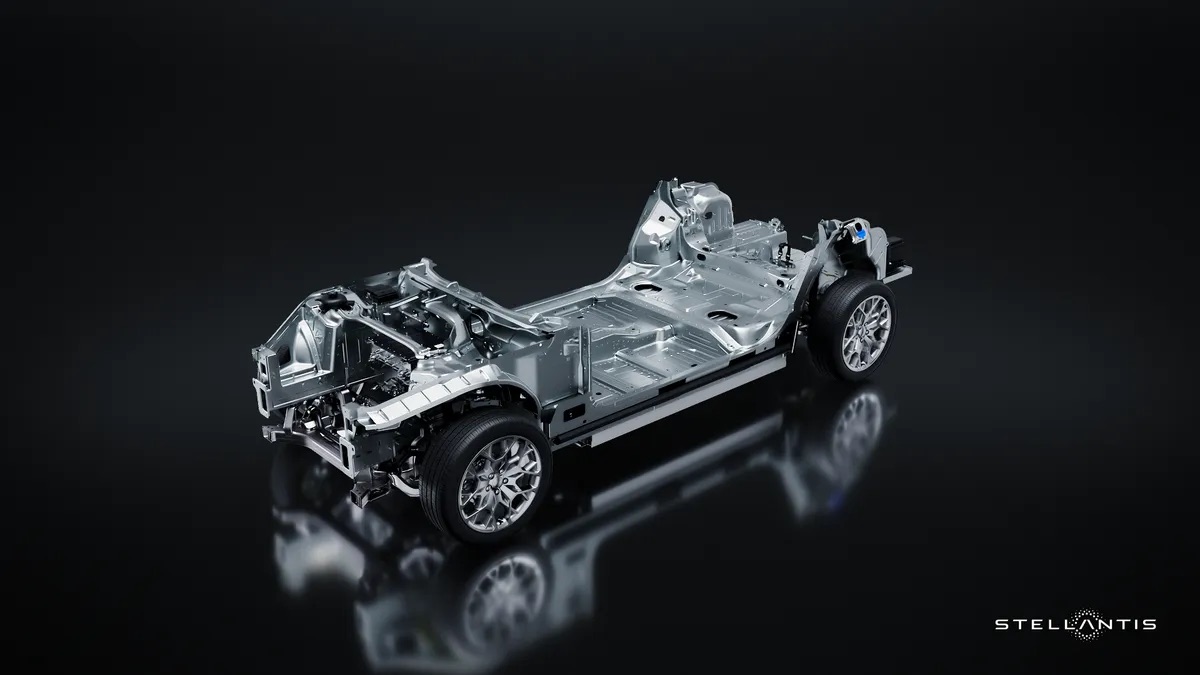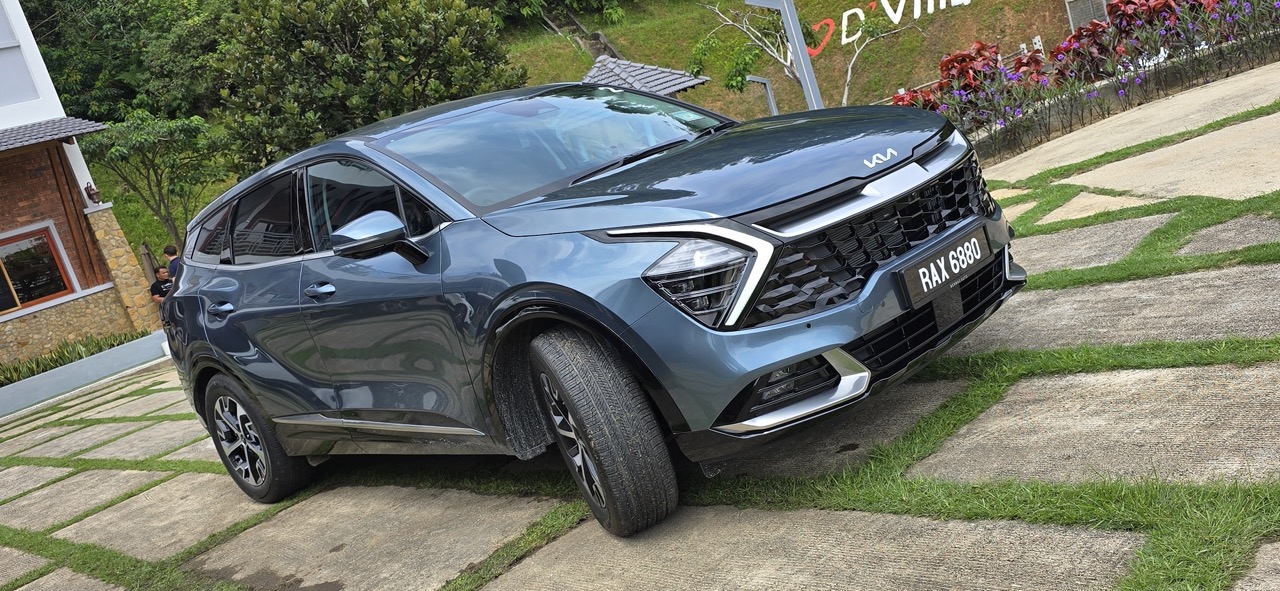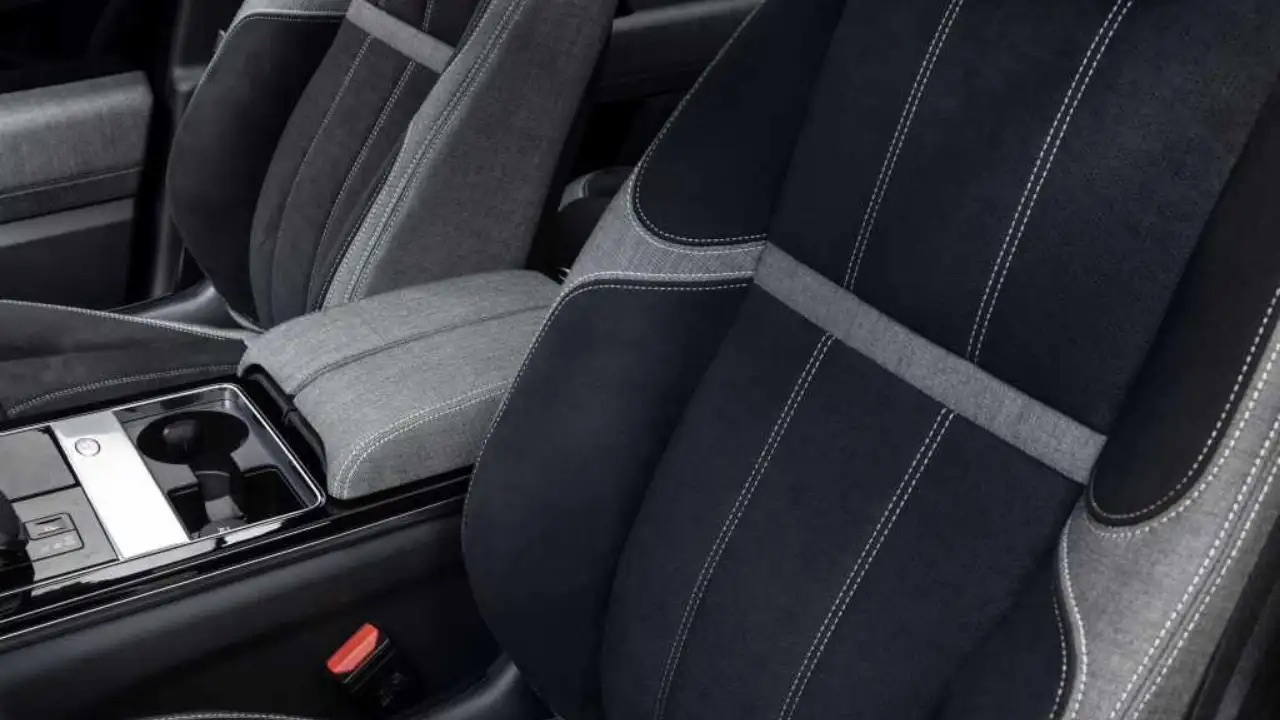Ever since Bermaz Motor (in collaboration with Prima Merdu, the importer) began marketing Mazda vehicles in Malaysia in 2008, the range of products has been the widest ever. Impressed by the performance of Bermaz, Mazda has been willing to provide a variety of models which have helped boost the brand image and position in the market. The encouraging growth in numbers also persuaded the Japanese carmaker to resume assembly of its vehicles in Malaysia as well as use its manufacturing facility here as a production hub in ASEAN, complementing its factory in Thailand.
Besides the wide range, Bermaz has also made it a point to have the latest models in its showrooms as soon as they are available. This has again been shown with today’s launch of the new CX-30, a brand new crossover SUV model which had its global debut in Geneva last March. Deliveries in some global markets only began at the end of 2019 (that’s just last month) and the model is now in Malaysia. Global production hubs for the CX-30 are in Japan, Mexico and Thailand, and the ones we get come from Japan.
A new generation for a new decade
The CX-30 is positioned between the smaller CX-3 and the bigger CX-5. The question that is often asked is why not CX-4? Actually, there is already a CX-4 sold in China and because the platform for the CX-30 is new (adapted from the Mazda3), Mazda wanted to make sure the difference was emphasised.
The CX-30 is the second model of a new generation following the Mazda3 and while Mazda officials have not said how the designations will be in coming years, perhaps the zero would signify this new generation (CX-50, CX-80, etc) as the decade progresses.
Three variants are available; two have the 2-litre SKYACTIV-G petrol engine (163 bhp/213 Nm) and one has the 1.8-litre SKYACTIV-D turbodiesel engine (114 bhp/270 Nm). The SKYACTIV-G variants have two equipment levels – the CX-30 SKYACTIV-G 2.0 and CX-30 SKYACTIV-G 2.0 High Line. All variants have the SKYACTIV-DRIVE 6-speed automatic transmission but for now, only front-wheel drive is offered (there are AWD variants in some markets).
The SKYACTIV name is usually associated with the all-aluminium engine family but it is actually the name for various Mazda technologies that came into use in 2011. Of note among the engine’s innovations is the compression ratio of 13:1 which is higher than average for a petrol engine.
Price-wise, the CX-30 SKYACTIV-G 2.0 is RM143,059 (without insurance) while the much better equipped High Line is RM164,059. The turbodiesel is the most expensive at RM172,943.60 although this is not surprising because the SKYACTIV-D engine is a very advanced powerplant which has been able to meet tough emission control standards.
First impressions
For the media to get first impressions of the new Mazda, EUROSCALE, the event organisers, plotted a route from the Palm Garden Golf Club near Putrajaya to The Acres Resort in the Bukit Tinggi hills just off the Karak Highway to the East Coast. The 140-km route (to and fro) provided a good mix of conditions – including some rough tracks – that demonstrated the versatility of the CX-30. Although the petrol and diesel variants were in the test fleet, we remained with the CX-30 2.0 High Line.
Mazda prides itself with being able to unite the driver with the car through its Jinba-Ittai philosophy of rider and horse being in unity. This can be felt when you are in the driver’s seat and the orientation of the pedals is just right, with all switchgear within easy reach. There’s also a head-up display (speed and cruise control setting) projected on the windscreen which is sharp and clear even in bright sunshine.
More importantly, for me at least, is that operation of controls must be intuitive because we usually never get to read the manual before driving! The CX-30 gets high marks for this and the Mazda Connect system with a large rotary controller is easy to use.
The CX-3 is deemed by many to be rather cramped because of its compact dimensions but the CX-30 is larger with more space to offer inside. The rear seating was comfortable enough although it seemed that there were minimal provisions for the rear occupants. There’s no USB port so if you don’t have a powerbank, a long cable has to be run from the recharging port inside the console box. But coolness is assured with vents bringing cold air to the back.
Safety, driving dynamics and comfort
The CX-30 comes with Mazda’s G-Vectoring Control Plus Technology (GVC+) which is an enhancement over the original GVC. It’s not easy to explain GVC+ but basically, it helps to smoothen cornering movements by moderating engine torque during certain steering movements. It’s very subtle but makes for a more ‘fluid’ experience that will make the drive just that bit more enjoyable.
There are other safety systems too which help the driver avoid collisions – like the Blind Spot Monitor and Rear Cross Traffic Alert. If the car wanders out of its lane, there will be a warning and assistance to get the car back in its lane. The systems in the CX-30 seem more intelligent these days as the occasions when warnings sounded were infrequent. I remember how the early systems were too ‘sensitive’ and would sound too often that they got irritating.
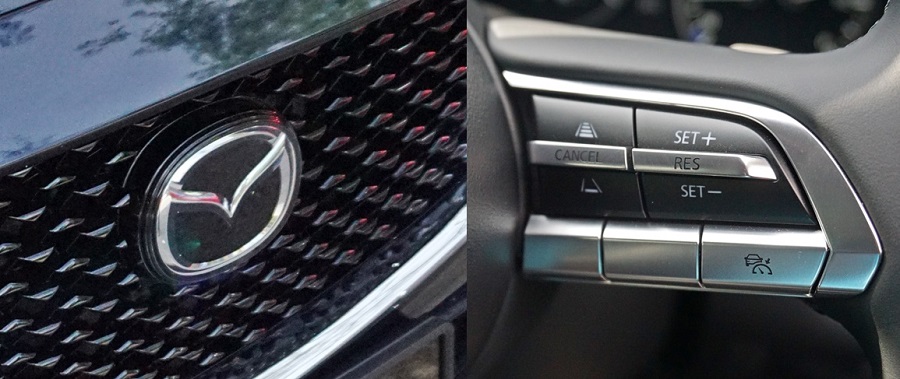
Much of the route was on highway with varying volumes of traffic. When there were a lot of cars ahead, it was a good opportunity to try the Mazda Radar Cruise Control (MRCC) which is an adaptive cruise control system. Unlike the typical cruise control system where you set the speed and it stays at that speed (deactivating when you press the brake), MRCC adjusts the speed to keep a safe distance from a vehicle in front. It does so by radar sensing and even if you set 110 km/h, the system will slow the CX-30 to 80 km/h if that is the speed the vehicle directly ahead is travelling at. When there is no vehicle ahead, the speed increases to what was set. Some adaptive systems tend to make the speed adjustment abruptly but the Mazda’s autonomous braking was smooth and progressive.
Not being a downsized engine, the SKYACTIV-G engine doesn’t have a turbocharger nor need one. It has pretty good flexibility in mid-range to accelerate past other traffic confidently. The SKYACTIV-DRIVE transmission has always been a pleasant unit with its direct drive feel, thanks to the full range lock-up.
The CX-30 handling is not as agile as the Mazda3, which is to be expected since it’s taller. Nevertheless, if driven sensibly, it can still be enjoyable on a twisty stretch and body roll is minimised. The suspension is supple enough so that even if the corners get uneven, the CX-30 doesn’t deviate from the chosen track.
Naohito Saga, the CX-30’s program engineer, said that quietness was an area which his team worked hard on in pursuit of the premium image that Mazda wants to achieve. They carried out sophisticated studies on all the sounds that impact the occupants and came up with a wide range of solutions that were not only confined to insulation. The result is a fairly quiet cabin and even under hard acceleration, you don’t feel (or perceive) any vibrations in the floor or from the engine bay.
Worth the money?
Some feel the price of the CX-30 is rather expensive but bear in mind that it is a CBU import and for now, the government still wants to impose heavy duties on imported vehicles. However, Bermaz has made sure that even though the price is on the high side, the equipment levels also provide justification. And like all Mazdas, build quality is above average too. Also worth mentioning is a 5-year warranty with 5 years (or maximum of 100,000 kms) of free scheduled maintenance, the latter certainly representing savings in motoring costs over the long term.
For most people, the CX-30 has all the technology and engineering competence that will be needed. It would work well for a small family with its practicality just as it would for a single who has what marketing people call an ‘active lifestyle’. If you have it on your shopping list, visit www.mazda.com.my to locate a showroom where you can test one yourself.




